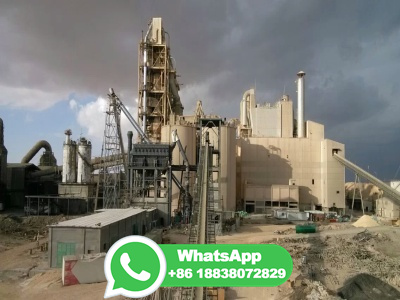Coal | Properties, Formation, Occurrence and Uses Geology Science
Knowing the physical properties of coal is important in the preparation and use of coal. For example, coal density ranges from about to about megagrams per cubic metre, or grams per cubic centimeter. Coal is slightly denser than water and significantly less dense than most rocks and mineral matter.































